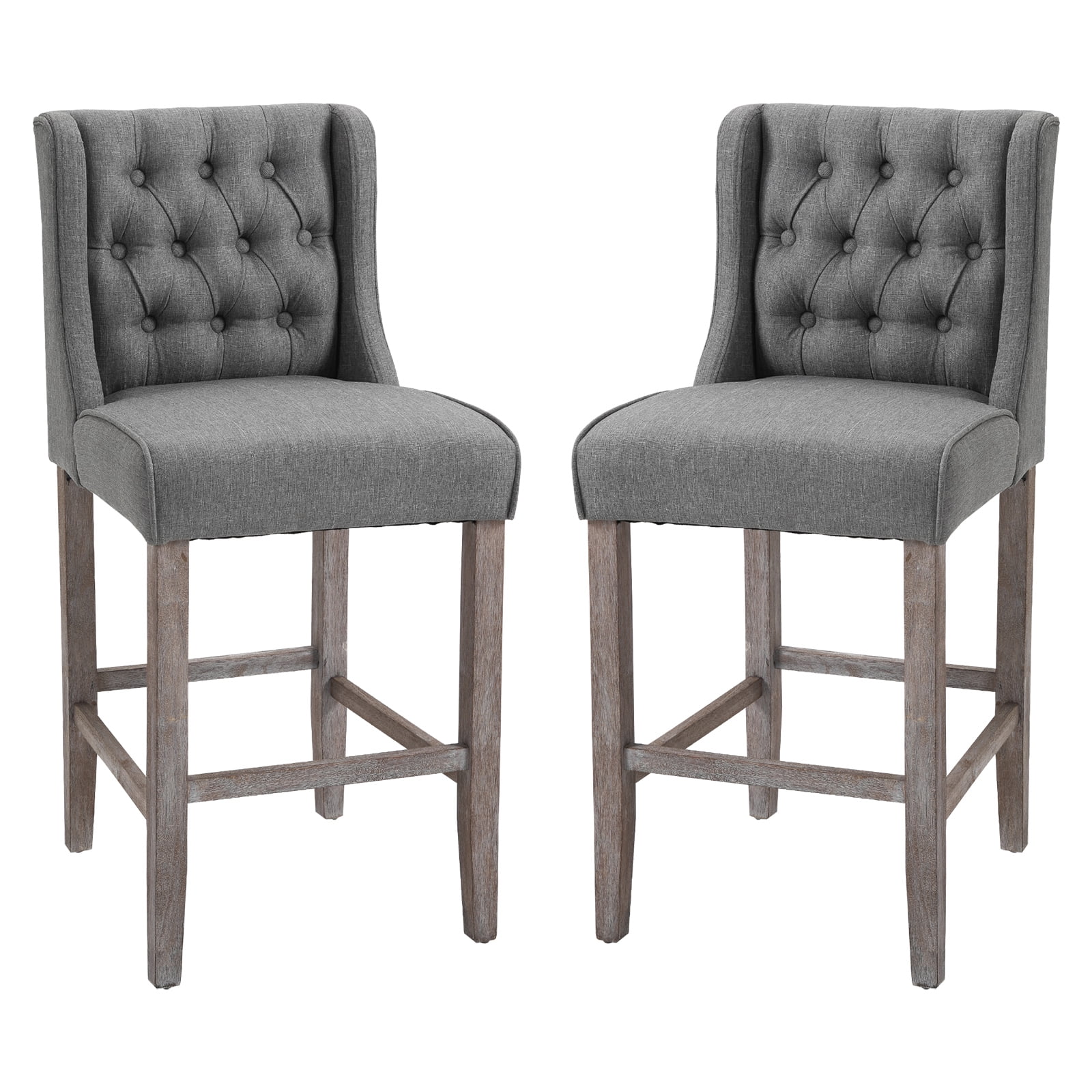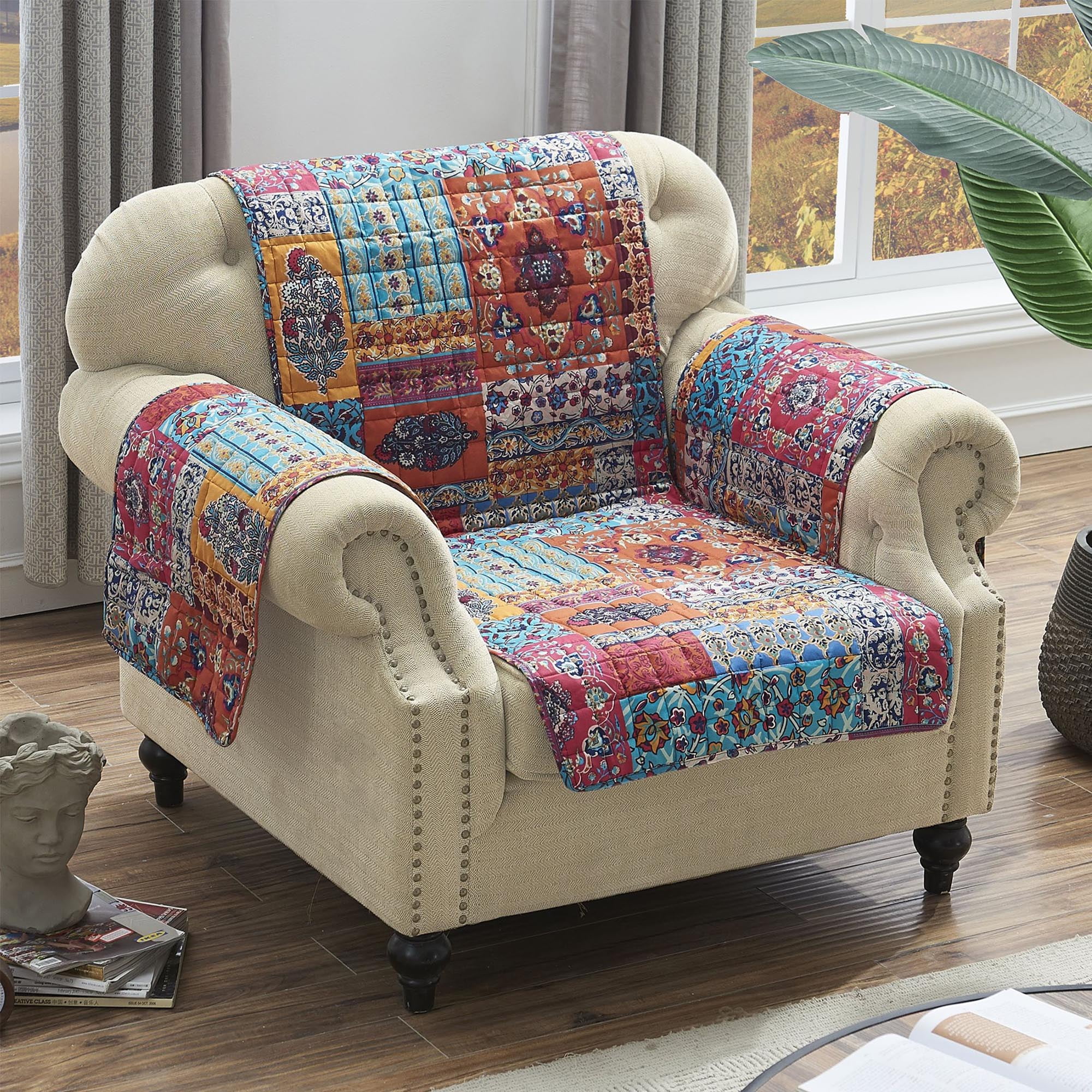Chair Backs

The chair back is a crucial element of any chair, providing support, comfort, and aesthetic appeal. It plays a significant role in posture, ergonomics, and overall user experience. Understanding the various types of chair backs, their design evolution, and their impact on comfort and functionality is essential for choosing the right chair for different needs and preferences.
Types of Chair Backs
The design of a chair back significantly influences its comfort and functionality. Different types of chair backs cater to specific needs and preferences, impacting posture, support, and overall user experience.
- Straight Backs: Straight backs provide minimal support and are typically found in simple chairs like dining chairs or basic office chairs. They offer a classic and straightforward design, but lack the ergonomic benefits of contoured or adjustable backs.
- Contoured Backs: Contoured backs offer more support by conforming to the natural curves of the spine. These backs are often found in ergonomic chairs and are designed to promote good posture and reduce back pain. They can provide lumbar support, which is essential for maintaining proper spinal alignment.
- Adjustable Backs: Adjustable backs allow users to customize the chair’s back to their specific needs. They often feature mechanisms for adjusting height, recline, and lumbar support. This adaptability makes them ideal for people with varying heights and body types, and those who spend long hours sitting.
- High Backs: High backs provide more support and coverage, extending to the head or neck area. They are commonly found in executive chairs, gaming chairs, and some office chairs. They offer enhanced comfort and can help maintain proper posture by providing headrest support.
- Low Backs: Low backs are typically shorter and provide less support than high backs. They are often found in dining chairs and some office chairs. While they may not offer as much support, they can be more aesthetically pleasing and less imposing in certain settings.
Arm Caps

Arm caps are an often overlooked but crucial element of chair design, contributing both to aesthetic appeal and practical functionality. They can elevate the overall look of a chair while providing essential protection against wear and tear.
Materials and Advantages
The material used for arm caps significantly impacts their durability, appearance, and cost. Here’s a breakdown of common materials and their characteristics:
- Leather: Known for its luxurious look and feel, leather arm caps add a touch of sophistication to chairs. They are durable and can withstand frequent use, aging gracefully over time. However, leather can be expensive and requires regular maintenance to preserve its quality.
- Fabric: Fabric arm caps offer a wide range of colors, patterns, and textures, allowing for customization to match any chair style. They are typically more affordable than leather but may require more frequent cleaning and replacement due to potential wear and tear.
- Wood: Wooden arm caps provide a natural and rustic aesthetic, often complementing chairs with wooden frames. They are durable and can be stained or painted to match the chair’s design. However, wood can be susceptible to scratches and damage, requiring careful handling.
- Metal: Metal arm caps offer a sleek and modern look, often found on contemporary chairs. They are durable and easy to clean but can feel cold to the touch.
Styles and Suitability
The style of arm caps can significantly influence the overall look of a chair, and different styles are better suited for specific chair designs:
- Traditional: Traditional arm caps often feature rounded edges and ornate detailing, complementing antique or classic chairs. They are typically made of leather or fabric, with a focus on comfort and elegance.
- Modern: Modern arm caps tend to have clean lines and minimalist designs, often incorporating geometric shapes or metal accents. They are suitable for contemporary chairs with a sleek and minimalist aesthetic.
- Contemporary: Contemporary arm caps offer a blend of traditional and modern elements, often featuring a mix of materials like leather and metal. They are versatile and can complement a wide range of chair styles.
Protection and Functionality
Beyond aesthetics, arm caps play a vital role in protecting the chair’s upholstery and extending its lifespan.
- Upholstery Protection: Arm caps act as a barrier between the user’s arms and the chair’s upholstery, preventing wear and tear from everyday use. This is particularly important for chairs that are frequently used or exposed to high traffic.
- Enhanced Comfort: Arm caps can provide additional support and comfort, especially for chairs with narrow or uncomfortable armrests. They can also help to distribute weight evenly, reducing pressure points and improving overall comfort.
Chair Backs and Arm Caps

Chair backs and arm caps are integral components of a chair, contributing significantly to both its aesthetic appeal and functionality. Their interplay, particularly in terms of design and aesthetics, plays a crucial role in creating a cohesive and harmonious chair design.
Integration of Chair Back and Arm Caps
The relationship between chair back design and arm cap aesthetics is multifaceted. Arm caps can effectively complement the overall design of a chair by echoing or contrasting the design elements of the chair back. For instance, a chair with a curved chair back might feature arm caps with similar curves, creating a visually unified look. Conversely, a chair with a straight chair back might incorporate arm caps with a more angular or geometric design to provide a contrasting element.
- Complementing Chair Back Design: Arm caps can be designed to complement the chair back’s shape, material, and style. For example, a chair with a wooden chair back might have arm caps made from the same wood, creating a seamless and cohesive design. Alternatively, a chair with a tufted chair back might feature arm caps with similar tufting, enhancing the overall visual appeal.
- Enhancing Chair Back Design: Arm caps can also enhance the chair back design by adding visual interest or functionality. For instance, arm caps with decorative details, such as carvings or upholstery, can elevate the overall aesthetic of the chair. Arm caps can also provide additional support or comfort by incorporating features like armrests or cushions.
Impact on Comfort and Functionality, Chair backs and arm caps
The choice of chair back and arm cap design significantly influences the overall comfort and functionality of a chair. A well-designed chair back provides adequate support for the back, promoting good posture and reducing fatigue. Arm caps, on the other hand, contribute to the chair’s overall comfort by offering support for the arms and elbows.
- Comfort: Arm caps can enhance comfort by providing a soft and supportive surface for the arms. This is particularly important for chairs designed for prolonged sitting, such as office chairs or dining chairs. The height and shape of the arm caps can also influence comfort, ensuring proper arm positioning and reducing strain on the shoulders and neck.
- Functionality: Arm caps can also enhance the functionality of a chair by providing additional support or storage. For example, arm caps with built-in storage compartments can be used to hold books, magazines, or other personal items. Arm caps can also be designed with features like integrated cup holders or device holders, adding to the chair’s functionality.
Examples of Successful Integration
Several chairs showcase the successful integration of chair backs and arm caps, resulting in both visually appealing and functional designs.
- Eames Lounge Chair: This iconic chair features a curved chair back that seamlessly flows into the arm caps, creating a harmonious and comfortable design. The arm caps are also designed to provide optimal support for the arms and elbows, enhancing the chair’s overall comfort.
- Barcelona Chair: The Barcelona Chair is another example of a chair with a well-integrated chair back and arm caps. The chair’s signature curved back and arm caps are made from a single piece of leather, creating a unified and elegant design. The arm caps are also strategically positioned to provide comfortable support for the arms.